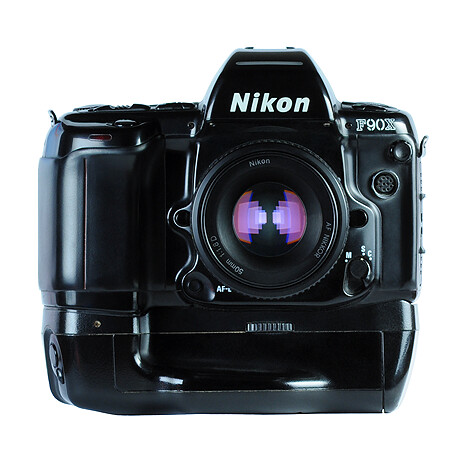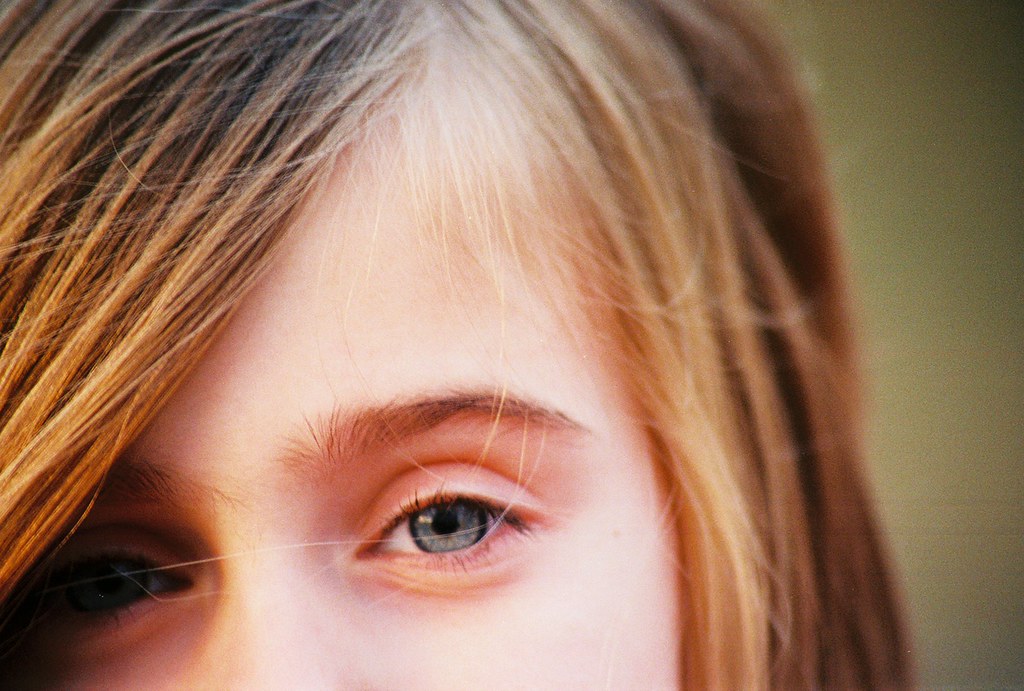
Testing my tripod wasn't the only thing I did last weekend. I also tried film photography in earnest. (I had of course used film cameras before, but only casually, not being aware of exactly what I was doing.)
I'd been curious about film photography for several reasons but most of all about image quality. I'm not talking so much about resolution or even dynamic range, but the "look" of film and the tonality of film. These shots by Michael Goodin show what I'm talking about:


I also adore the delicate tonality of this shot by Ben Syverson:

(Note: if you're just a beginner and don't see the difference between these shots and the shots you get with your digital camera, don't worry! It will come :) )
I'm guessing that the look can be emulated to some extent in postprocessing of a digital image, and that's my penultimate goal (the ultimate being to understand how to control the tonality of my images). However, the first step for me is to familiarize myself with the look of film to begin with.
When shooting film, one of the first choices is format. There are many formats ranging from the tiny APS format all the way to large format. APS offers many conveniences but I remember having a strongly negative impression of its image quality when I tried it (this was before digital became common, and even before I became interested in photography). I tried 35mm even though I know medium format looks much better, partly because it seemed to me to be the least alien of the formats.
I originally wanted to rent a Nikon F6, partly because of its advanced features but also because it would have been the most similar to the D300 that I have (the F6 even has a built-in CLS commander!). However, I couldn't find a shop that rents it out (even though it does appear on the Samy's rental catalog). I also wanted to rent a camera that I might actually buy, and the F6 and even the F5 were not really within my budget for a film camera. The knowledgeable sales rep at Bel-Air Camera Superstore (in Westwood in L.A.), Barry, suggested a Nikon N90S (similar to the one in the photo at the top of this entry by Martin Nenov) and he paired it with a Nikkor 35-70 f/3.3-4.5 AF lens.
After renting the body and the lens, and buying film (one each of a color negative, black and white negative, and slide film), another rep, Steve, showed me how to load the film. It was much simpler than I recall with cameras I've used. You just open the back of the camera, load the film cartridge, pull the leader out to a red mark on the body of the camera, then close the back. The camera loads itself and winds to the first shot. When loading the camera, Steve warned to be very careful not to touch the shutter -- it's an expensive repair.
Once the camera's loaded, it's pretty much ready to shoot. The N90S came with P, A, S, M modes. One difference is that it can't control the aperture electronically in manual or aperture priority mode. Instead I had to rotate the aperture ring. In P and S modes, I had to lock the aperture ring at the smallest aperture to allow the camera to control the aperture. Seemed weird that the camera could control the aperture in some modes but not others. Oh well. There's another difference - there's no exif data so you can shoot in P mode if you wish without anyone in the world knowing. I did :)
I was initially intimidated by the camera's differences but after a little while I got used to it and found it not to be so foreign as I thought. As with digital, you can change program shift, metering mode, exposure compensation, drive mode, focus mode, focus point, focus area, ae-lock, af-lock, flash exposure compensation (on the body of the flash), flash sync mode, DOF preview (usable - not as dark as with crop-sensor cameras). The N90S even has auto program modes such as sports, portrait or landscape, but it reportedly sucks.
When you're ready to shoot, you half press the shutter, then press all the way to take the shot. The camera will automatically advance to the next shot. When you're done with the roll, you press two buttons simultaneously to rewind the film, and after a few seconds voila. You're done with the shooting part.
Unfortunately I don't have shots to show yet. I'm having the film developed and the negatives scanned. I'll blog about that part next, as well as how I bought a film camera.
Woo woo, wait a second, this is cheating!!
ReplyDeleteI never knew film cameras had all these settings! Exposure/metering modes? Auto Focus? CLS Commander? P A S M modes? WOW!
My fathers & grandfathers' cameras (SLR & rangefinder) are fully manual, the only help being two arrows to tell you if the shot would be over or under exposed, and focusing is all manual, the SLR has a HUGE bright viewfinder with a split screen (best manual focusing I experienced) and the rangefinder of course has it's unique focusing system.
Wow, I never thought about the borderline between the latest film cameras during the start of the digital ones.
I am impressed.
Shhh... don't tell anyone. It's a secret! Remember: film takes mad skillz ;)
ReplyDeleteBest regards,
Mic